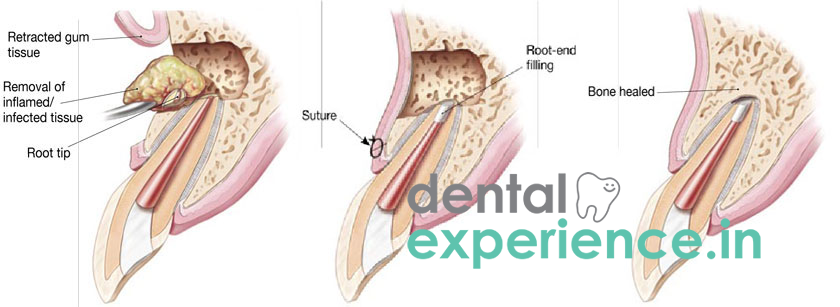You may have had a dental crown fitted in the past but what you may not know is whatever material they are made fr ..
Apicoectomy
Introduction | Purpose | Ideal Patients | Types | Treatment Steps | Benefits | Advantages | Durability | Treatment Time | Cost | Risk & Complications | Disadvantages | Alternatives | Aftercare |
Fast facts

An apicoectomy is also known as root end surgery. This is because it involves the removal of a tooth’s root tip and surrounding tissue. It’s also called apical surgery, which refers to the “apex,” or end, of the tooth.
If your dentist tells you that you need an apicoectomy, it’s probably because even though your tooth has already had a root canal, there’s residual inflammation or infection near the root tip that reaches into your jaw.
It's performed when standard root canal therapy isn’t enough to save a tooth.
